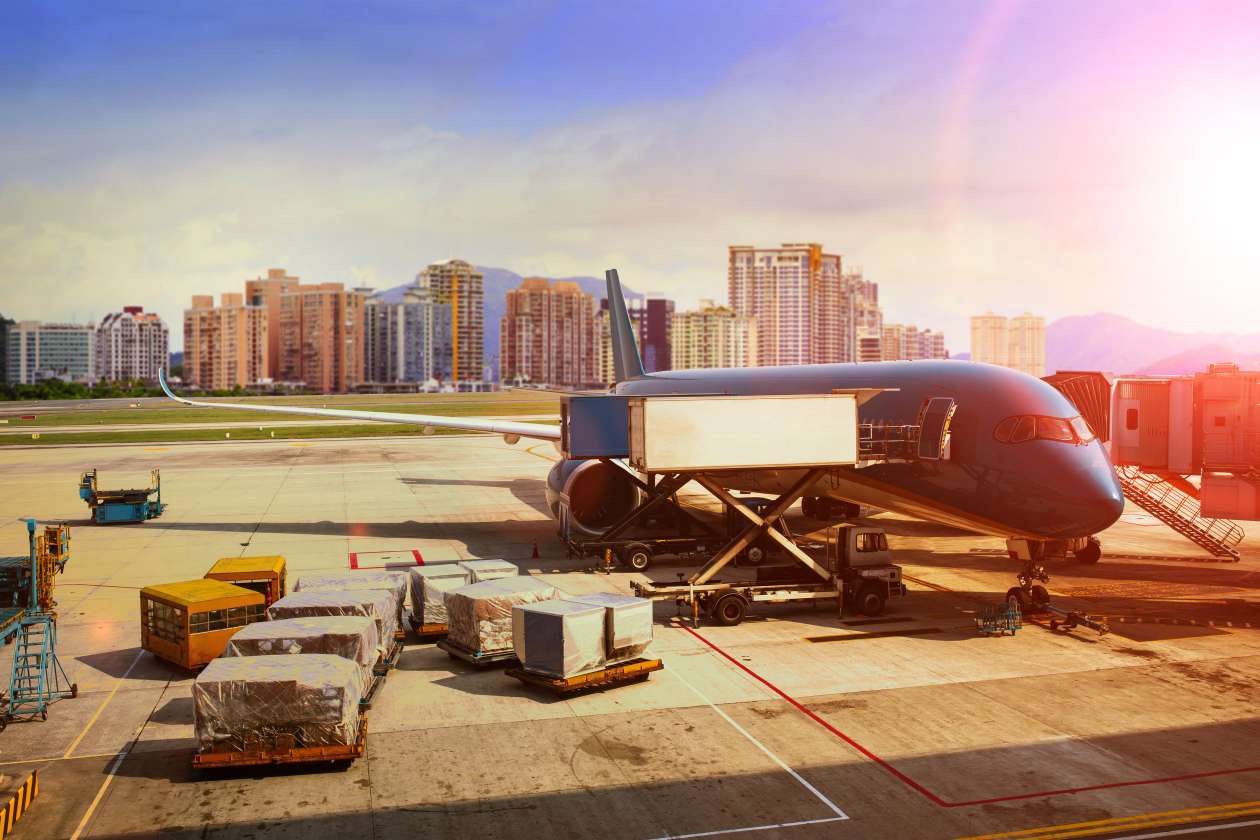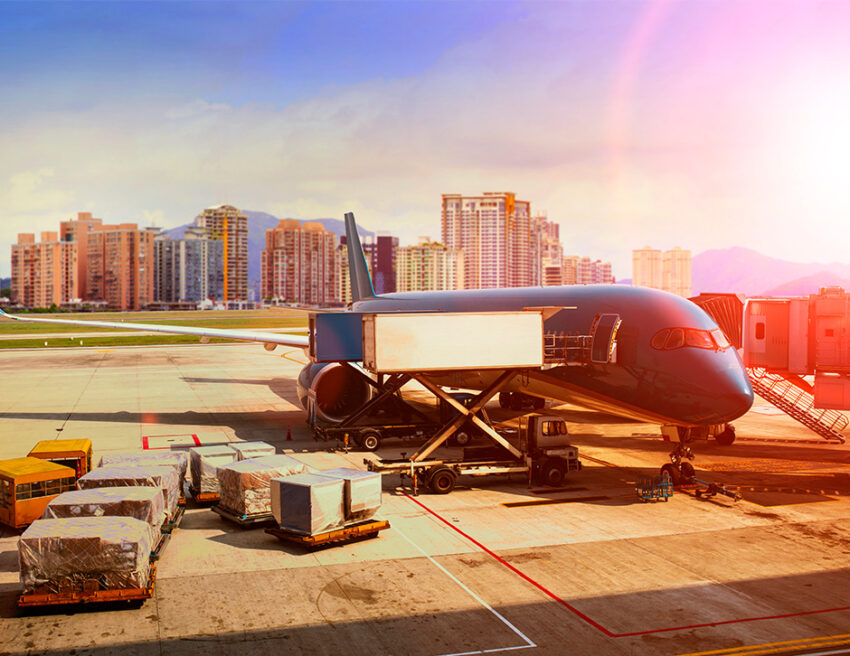The freight forwarding industry is still reeling from the effects of the pandemic. The increase in online shopping coupled with the container shortage, port congestion, and rise in sea freight rates has prompted the shipping companies to turn to international air cargo services. Amidst closed international borders due to the pandemic, the air freight industry has experienced an improvement in demand volume. This trend that started back in 2020, has now evolved into a stronger recovery in the middle of 2021. The international air cargo service providers are now resorting to a multichannel sales tactic. This is allowing them to take care of all types of clients. Additionally, the increased demand for pharmaceuticals products via air cargo is an important factor for the recovery of this sector. In today’s article, we will talk about all the latest trends in the air freight shipping industry.

The E-commerce boom is fueling the increased demand for air freight shipments
The online shopping trends have increased manyfold because of the pandemic. Moreover, in a situation where moving freight by ocean implies too many delays, forwarders are increasingly moving their time-sensitive shipments via air freight. The international e-commerce industry, which constitutes around 16% of the total air freight business, is expected to grow to $4.4 trillion in the next 4 years. Moreover, air cargo companies are partnering with e-commerce giants to boost their share in the door-to-door delivery market. For instance, Lufthansa’s Heyday, Emirate’s Emirate Delivers, and British Airways’ Zenda are all endeavours to cater to the e-commerce market.
Simply stated, the international air cargo service providers are trying to make the best of the thriving e-commerce scenario. The very nature of this industry has made it ideal for handling e-commerce needs. Around 80% of international business-to-customer e-commerce products are moved via air freight. It has come up as the preferred mode of transport for high-value shipments.
Airfreight capacity
However, air capacity continues to remain severely restricted. Renewed lockdowns along with quarantine measures in several countries led to the cancellation of many international flights. This has greatly affected the belly capacity of the planes which is down by almost 60%, as compared to the pre-pandemic level. Among all the air-freight trade lanes, the one which is most badly affected is the Trans-Atlantic trade lane. The lockdown and quarantine measures in several European countries have severely restricted the air freight capacity. The rising air-freight rates are mainly because of the capacity shortage. The rates are presently over 50% higher than that of 2020.
In the words of Willie Walsh, the Director General of IATA, “Air cargo demand is not just recovering from the Covid-19 crisis, it is growing. With demand at 9% above pre-crisis levels (February 2019), one of the main challenges for air cargo is finding sufficient capacity.” Moreover, he thinks that the governments need to create a plan for a safe restart of the air cargo sector. The passenger demand also plays a major role that will determine the available belly capacity for air cargo. For this reason, an effective plan by the governments is crucial for recovering the air-cargo sector. Additionally, the growth of the manufacturing sector has also contributed to the rise in air freight demand. Lastly, as mentioned before, supply chain disruptions caused by the crisis in the sea freight shipping industry also pushed the customers to resort to air freight for moving their cargoes.
The air freight industry is getting stronger in Africa
Africa has emerged as an investment hub, and the logistics sector is thriving in many developing African countries. The abundance of natural resources and the demand for fresh produce have prompted the African nationals to invest in the aviation sector. Moreover, the authorities are also trying to adopt new policies aimed at improving connectivity and infrastructure.
More than 27 African nations joined the Single African Air Transport Market launched by the African Union. This initiative is further contributing to the growth of the aviation sector in Africa. The thriving air cargo industry is immensely benefiting the African airlines sector in terms of connectivity and accessibility. For instance, Cape Town airport has witnessed a massive rise in air freight volume in the past few years. This growth in air freight volume has, in turn, led to the development of various sectors like electronics, fresh produce and automotive. According to IATA, “The smaller Africa-Asia trade lanes were the main driver behind the region’s outperformance.”
Vaccine movement will be the top priority in 2021
Since February the airlines have been playing a major role in vaccine distribution. Most of the vaccines are currently being moved to countries in Africa, South East Asia, and Latin America. However, planned vaccine distribution is not likely to negatively impact the capacity of the airlines. Additionally, a couple of airlines are offering special services exclusively for the movement of temperature sensitive COVID-19 vaccines.
Digitization is the future of the air freight shipping industry
The present crisis has made it abundantly clear that the only way to cope with the challenges is to quickly adopt the tech innovations. This is how this industry can deal with the increasing demand in a time when several passenger flights are grounded. A modern air freight forwarder has to manage data across several stakeholders. Enhanced visibility with the help of a centralized platform will collate the air cargo data across multiple sources. In other words, it will make it much easier to determine demands, resolve problems, and stay flexible.
According to Henk Mulder, the Head of Digital Cargo, IATA, “The most important tool that has allowed the air cargo community going is without question, the full digitalization of the workplace. The ability to telework from one day to the next with access to all data resources and the effective use of team collaboration tools has demonstrated the high degree of digitalization that has already taken place.”


